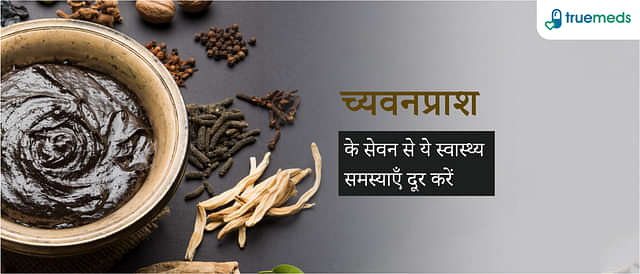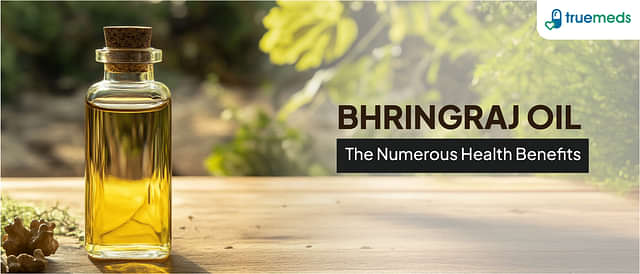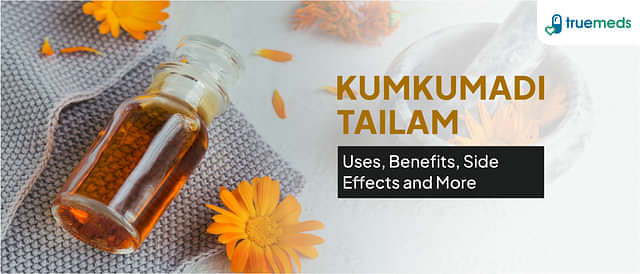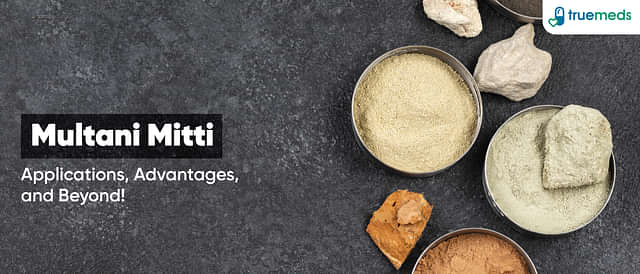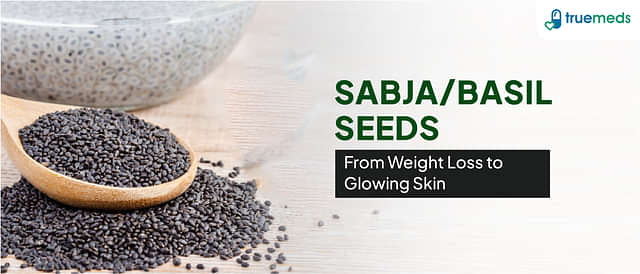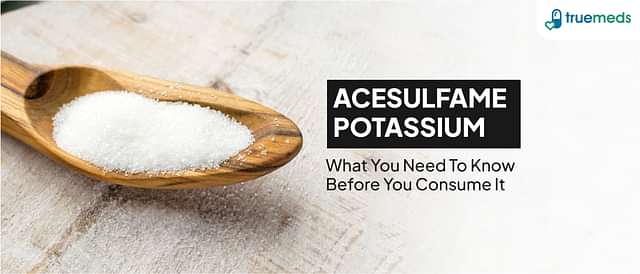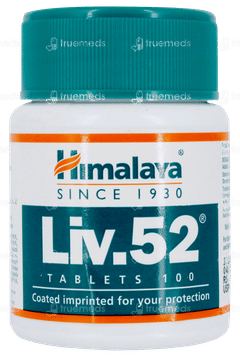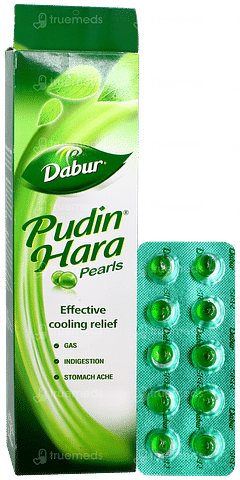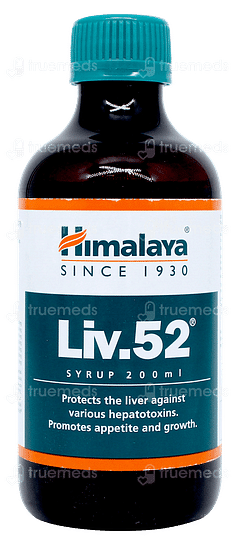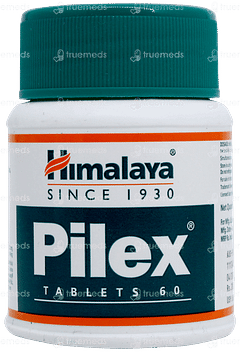Patha
In Ayurveda, many herbs and plants are used as the prime source of health and wellness. However, one significant herb that has been a component of Ayurvedic medicine is Patha (Cissampelos pareira). Often considered a medicinal plant in Ayurveda, this herb is highly valued due to its diversity of therapeutic uses. With the traditional use of centuries, Patha has been used to treat ailments such as skin infections and digestive issues. Patha is a medicinally valued plant; people use it in various Ayurvedic medicines, including Pushyanuga Churna, Shadharana Gulik, etc. The following blog discusses Patha, its uses, benefits, precautions, dosages, and how it benefits the body.
Last updated on : 12 Aug, 2025
Read time : 13 mins
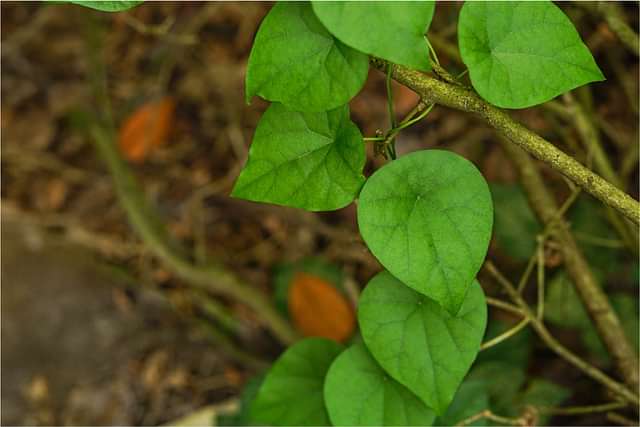
What is Patha?
Patha, scientifically known as Cissampelos pareira, is a climbing herb from the Menispermaceae family. Widely recognized for its anti-inflammatory, antipyretic, antimicrobial, and diuretic properties, Patha plays a significant role in Ayurvedic medicine. It is particularly valued for its ability to balance the three doshas—Vata, Pitta, and Kapha—which are considered the fundamental principles of health and disease in Ayurveda.
Patha is effective in managing various conditions, including digestive issues, skin disorders, respiratory ailments, and fever. It is also commonly used in formulations such as Jathyadi Ghrutham, an ancient Ayurvedic remedy traditionally used to support wound healing. As a key ingredient in many Ayurvedic preparations, Patha contributes to holistic well-being and is integral to various treatments in Ayurveda.
Sources of Patha
There are a variety of places that produce Patha, primarily the tropical and subtropical regions. The plant thrives in warm, humid climates. Some of the most common sources include:
- India: Especially in the Himalayas and Western Ghats.
- Sri Lanka: Widely cultivated and used in folk medicines.
- Nepal: Cultivated in the foothills for medical purposes.
- South America: Particularly in Brazil and Peru, referred to as "Abuta."
Key Facts
| Feature | Details |
| What is Patha? | Patha is an essential herb in Ayurveda. It is anti-inflammatory, antimicrobial, and aids in digestion. |
| Origin | India, primarily used in Ayurvedic and traditional medicine for centuries. |
| Common Use | Skin infections, digestive problems, respiratory system disorders, urinary disorders. |
| Chemical Composition | It contains alkaloids, tannins, glycosides, and flavonoids. |
| Alternative Names | Cissampelos pareira, Patha Lata. |
| Health Benefits | It facilitates digestion and functions as a lung tonic; it is good for the healing of wounds, reduces diabetes, and has sound effects on the skin. |
| Forms Available | Powder, capsule, oil |
| Recommended Dosage | 1-2 grams of Patha powder twice daily; consult a doctor for a specific dosage. |
| Precautions | Pregnant, lactating mothers and people taking medications related to diabetes, heart, or blood pressure should consult a doctor before consuming it. |
| Side Effects | It may lower blood sugar or blood pressure when interacting with other drugs. |
| Storage | Store in a cool, dry place, away from direct sunlight and moisture. |
Alternative Name of Patha
Patha has several synonyms in different places and areas due to the widespread use of it all over the Indian subcontinent and beyond. A few of those are mentioned below:
- Laghu Patha
- RajaPatha
These have represented localised familiarity and importance attached to their traditional medicinal uses.
Nutritional Value
Though Patha is employed mainly for medicinal purposes, it contains several bioactive molecules in its composition that account for its curative properties. Here's a table of some of the critical nutritional elements of Patha:
| Nutrient/Compound | Presence |
| Alkaloids | High |
| Tannins | Moderate |
| Flavonoids | High |
| Essential oils | Trace |
| Phenolic compounds | Moderate |
| Saponins | Moderate |
Health Benefits of Patha
Traditional Ayurveda has several health benefits associated with Patha. Due to such widespread use of the herb, it has the potential to treat several types of health disorders:
1. Antibacterial and Antifungal Activity
Patha possesses strong antimicrobial activities that inhibit several bacterial and fungal strains. Its antibacterial and antifungal properties make it effective for managing skin infections such as eczema, dermatitis, and ringworm. Due to these properties, this medicine is applied topically to the affected skin regions.
2. Anti-inflammatory and antioxidant effects
Patha contains some of the most potent antioxidants and anti-inflammatory agents, which include flavonoids and alkaloids. Some of the effects of such compounds involve a decrease in inflammation in the body to enable arthritis and skin inflammation—the presence of antioxidant properties aids in neutralising free radicals by protecting the cells against oxidative damage.
3. Digestive Health
Another great patha benefit is the improvement of digestive or gastrointestinal problems. Such digestion or gastrointestinal conditions include indigestion, bloating, and diarrhoea. Patha also helps remove intestinal worms, making its body system a popular remedy for parasitic infections.
4. Aids Respiration
Patha mainly helps manage respiratory disorders like bronchitis, asthma, and cough. Its expectorant action removes mucus and catarrh from the lungs, greatly relieving congestion. In Ayurveda, it is also used in the formulation used to manage cold, cough, and other respiratory conditions.
5. Fever Management
Patha is antipyretic in character, so it is an excellent medication to control the fever and relieve the disorder. Ayurvedic drugs are usually prescribed for most fevers caused by viruses and bacterial infections.
6. Urinary Health
Patha has diuretic effects, promoting the removal of excess fluid from the body. Apart from its application in urolithiasis, kidney stones, and urinary tract infections, it also inhibits the formation of stones by limiting oxalate in the urine.
7. Wound Healing
Patha is known for its potent wound-healing properties due to its antimicrobial, anti-inflammatory, and antioxidant activities. It helps in reducing infection, alleviating inflammation, and promoting tissue regeneration, making it effective in managing wounds and ulcers.
8. Diabetes Management
Some studies have proposed that Patha may help control blood sugar; hence, it is helpful for diabetes patients. It increases the sensitivity of the insulin, thus reducing the glucose level within the blood.
9. Improves Breast milk Quality
Patha is known to help purify breast milk, and helps with various disorders related to breast and breast milk. It helps remove the doshas and improves the digestion, absorption, and assimilation of breast milk for the baby.
Common Uses for Patha
There are various uses in the Ayurvedic medicinal system for Patha. With wide application in treatments of different health conditions, this is considered a herb with wide application. Its uses spread across some of the below-mentioned commonly practised treatments:
- Skin infections: Patha paste application may help manage eczema, boils, and acne with fungicidal and antimicrobial properties.
- Digestive health: Patha has effectively managed digestive problems such as diarrhoea, indigestion, and intestinal worms.
- Fever and respiratory disorders: Its antipyretic and expectorant properties make it useful in managing fevers, coughs, and colds.
- Urinary disorders: Patha contains diuretic properties, which may be applied in the management of urolithiasis and infections of the urinary tract.
Precaution While Taking Patha
While many health benefits can be obtained from Patha, care should be made in the use of this herb, especially for people with pre-existing illnesses or those on specific types of treatment.
1. Pregnancy
Pregnant women should avoid Patha, as its safety during pregnancy is not well-established. Individuals with kidney or liver problems should consult a healthcare provider before using Patha due to its potential impact on these organs.
2. Patients with Kidney and Liver Problems
Although it can have all the benefits for urinary tract functioning, individuals suffering from severe problems in the liver or kidneys should take extreme care. The herb is known to put more pressure on such organs when consumed in large quantities.
3. Diabetic Patients
Patients with diabetes should monitor their blood sugar levels while taking Patha. The herb tends to drop the blood sugar level and hence would interact poorly with diabetes pills to cause hypoglycemia or low blood sugar levels.
4. Interaction with Alcohol
Patha may enhance the alcohol-induced hepatotoxic effects; therefore, alcohol intake should be avoided while on this herb.
5. Drug-Drug Interactions
Patha may affect anticoagulants and other antiplatelet drugs, like increasing the risk of bruising or bleeding. Discuss with a healthcare professional before taking Patha in combination with other medications.
How to Use Patha
1. Digestive Aids
Patha is widely used as a digestive aid that helps to soothe gastrointestinal pain. Patha has analgesic properties and will ease indigestion, bloating, and diarrhoea.
Steps to use:
- Mix 1-2 grams of powdered Patha with warm water and drink it once or twice daily.
- You can also boil dried Patha herbs in water and drink them as tea to digest food.
- Mix with additional Ayurvedic herbs like ginger or fennel for added potency.
2. For Skin Infections with Patha Powder paste
Patha paste is applied to manage dermatitis and eczema. These are classified as different forms of skin infections. It operates by inhibiting microbes' activities, relieving irritation, curing wounds, and reducing inflammation.
Steps to use:
- Wash the infected area with water.
- Small portions of Patha powder paste should be applied to the infected sections 2-3 times daily.
- Use daily as an aid in the healing process and to prevent infection
3. Respiratory Health
Patha cleans mucus from the body and reduces inflammation. As such, Patha therapy effectively manages colds, coughs, and sinusitis.
Steps to use:
- Boil 1-2 grams of Patha in water and drink the mixture as a warm tea
- Drink two glasses of this a day to dissolve respiratory congestion.
- Patha may be added with honey for additional expectant properties.
4. As a Pain Reliever for Joint and Muscle Pain
Patha takes advantage of the value of alleviating joint pain and muscle aches because it has an anti-inflammatory property.
Steps to use:
- Dissolve 1-2 grams of powdered Patha in warm water as a paste directly to the painful area.
- Another method is to rub patha paste on the painful joints or muscles 2-3 times daily.
- You can also take Patha internally with warm water in case of systemic ache.
5. Against Intestinal Worm Infections
Patha is believed to be effective for parasitic infections due to its anthelmintic action.
Steps to use:
- Intake of 1-2 grams powder preparation of Patha with water or milk twice daily for two weeks.
- Keep using Patha to avoid reinfection.
6. To Manage Urolithiasis (Kidney Stones)
This herb allows the dilation of excess salts forced out of the kidneys to manage their presence inside the kidneys, which can form stones.
Steps to use:
- Take 1-2 grams of Patha powder with water twice daily.
- Dissolve the kidney stone in a tea-like preparation with this herb.
Recommended Dosage of Patha
The dosage of Patha varies from person to person, depending upon an individual's health, age, and whether Patha is available in a raw or processed form. It is always advisable to ask a healthcare provider or an Ayurveda physician to suggest the proper dosage for the individual case. The general guidelines would include:
- Patha powder: 1 to 3 grams; mixed with warm water or milk and taken once or twice daily.
- Patha Paste: Topically applied 1 to 2 times daily in the affected area.
- Patha decoction: 30 to 50 ml, to be taken once or twice a day
The overdose of the prescribed amount causes some harmful side effects. Therefore, it is essential to follow professional guidance.
Disclaimer: This information is for educational purposes only and is not a substitute for professional medical advice. Always consult a qualified healthcare practitioner before starting Patha or adjusting its dosage
Side Effects of Patha
The side effects of Patha can occur when taken in excessive amounts or without professional guidance. Although Patha is considered safe, and when taken within limits, its side effects may include the following:
- Nausea and vomiting: Patha, when used in excess, especially in its powder form, results in patients experiencing cases of nausea and vomiting.
- Low blood sugar: Patha lowers blood sugar levels; thus, aside from those who use insulin, it could pose a risk to those suffering from diabetes.
- Diarrhoea: Excessive intake of Patha leads to loose stool and abdominal pain.
- If you have side effects, stop the medication and advise your doctor.
Interaction of Patha With Other Drugs
Patha may interact with other drugs; therefore, its use should be taken into consideration about possible drug interaction:
- Anticoagulants: Patha may offer the patient a higher potential chance for bleeding when it is used with drugs that contain blood-thinning, such as warfarin and aspirin.
- Antidiabetic medications: Patha has been shown to decrease blood glucose; thus, its use with antidiabetic medications may cause hypoglycemia.
- Antihypertensive medications: Patha may interact with drugs that combat high blood pressure and may cause lower blood pressure levels.
- Always consult a doctor before interacting with any prescribed drug with Patha.
Key Takeaways
- Patha is an Ayurvedic medicinal herb with hundreds of health benefits.
- This herb effectively manages skin infections, digestive system disorders, respiratory problems, and urinary issues.
- If patients have other diseases or are consuming other drugs, they should consider preventive measures.
- Refer to an Ayurvedic expert to seek advice on the consumption of Patha to avoid potential medication interactions.
Conclusion
Patha is a versatile Ayurvedic herb with antimicrobial, anti-inflammatory, and antioxidant properties. It effectively manages skin infections, digestive issues, respiratory disorders, and urinary problems. However, its use requires caution, especially in pregnant women, those with liver or kidney issues, and diabetic patients. Always consult an Ayurvedic expert before incorporating Patha into your routine.
FAQs
Is Patha good for an upset stomach?
Is Patha good for cold and cough?
What are the benefits of Patha for Diabetes?
Can Patha act as a pain reliever?
What are the benefits of Patha for intestinal worm infections?
Is Patha good for urolithiasis?
Is Patha good for fever?
Is Patha safe during fertility treatment?
Can Patha be used for ulcers?
Can Patha be used for poisonous bites?
Is Patha beneficial in sinusitis?
Is Patha good for skin infections?
Does Patha help in dermatitis?
Is Patha useful for pimples?
Can I apply Patha powder on the skin directly?
References
- A critical review of patha (cissampelos pariera linn.)- a classical drug. (2024, December 9). Wisdomlib.Org. https://www.wisdomlib.org/science/journal/world-journal-of-pharmaceutical-research/d/doc1384287.html
- Kudale, R. R. (2019). Pharmacological profile of Patha (Cissampelos pareira Linn.): A review. International Journal of AYUSH, 8(1), 18–35. https://internationaljournal.org.in/journal/index.php/ijayush/article/view/178
Explore other categories
Related Health Articles
Latest health articles
Top Health Essentials
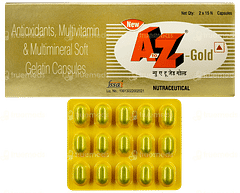
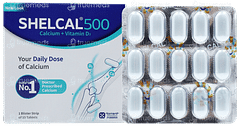
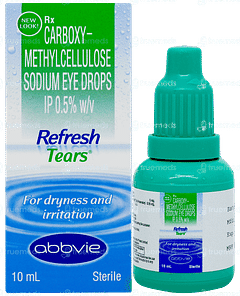
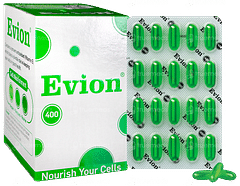
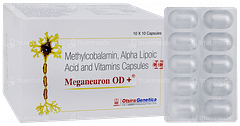

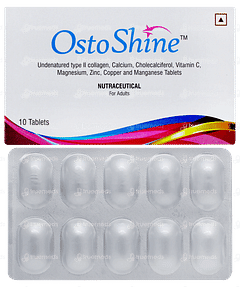
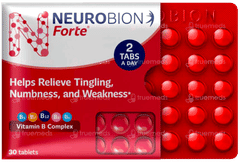
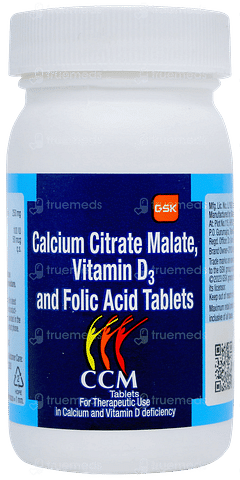
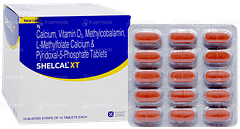
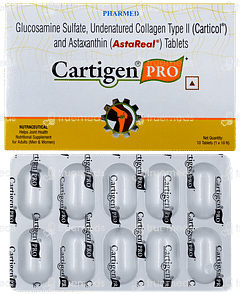
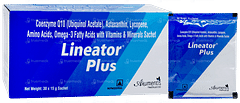
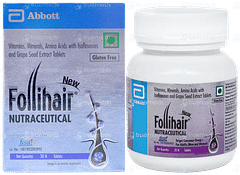
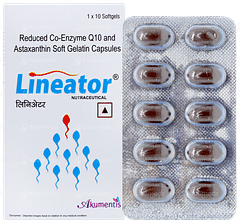
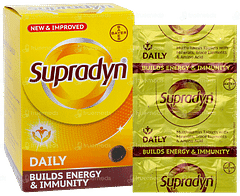
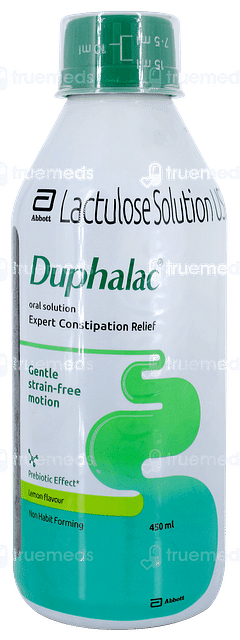
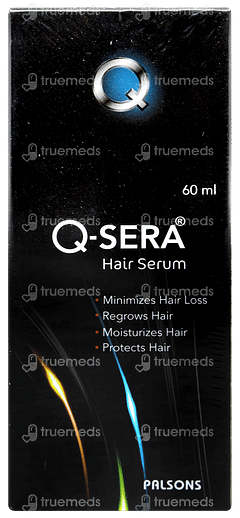
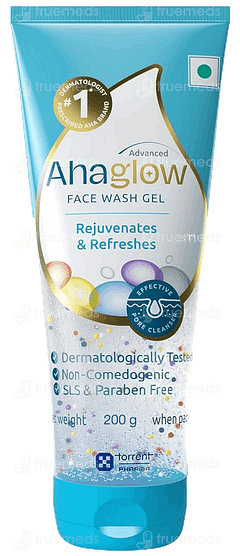
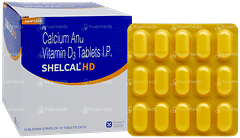
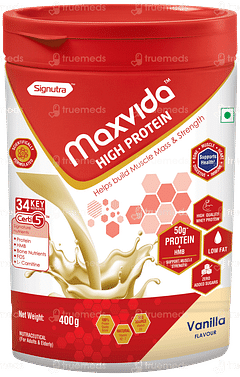
Top-selling ayurvedic products

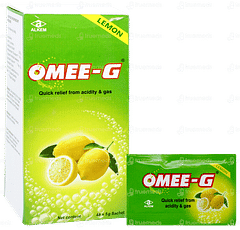
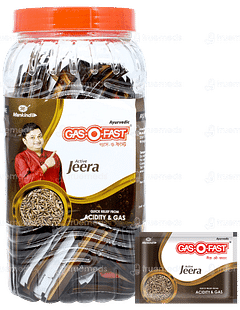
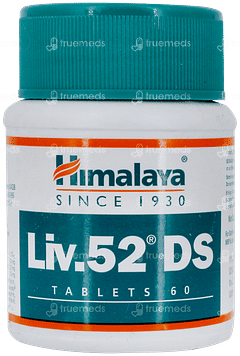
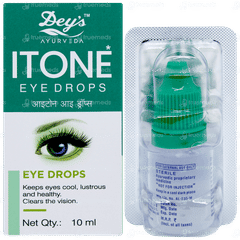
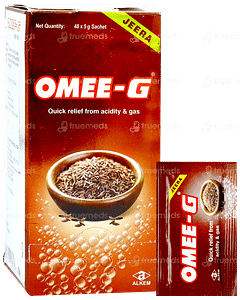
Disclaimer
Top-Selling Medicines:
...View more
Top-OTC medicines:
...View more
Top-selling healthcare devices:
...View more
Company
About UsHealth ArticleHealth StoriesHealth LibraryDiseases & Health ConditionsAyurvedaUnderstanding Generic MedicinesAll MedicinesAll BrandsNeed HelpFAQSecuritySubscribe
Registered Office Address
Grievance Officer
Download Truemeds
Contact Us
Our customer representative team is available 7 days a week from 9 am - 9 pm.
v4.11.0
2026 - Truemeds | All rights reserved. Our content is for informational purposes only. See additional information.
Our Payment Partners









